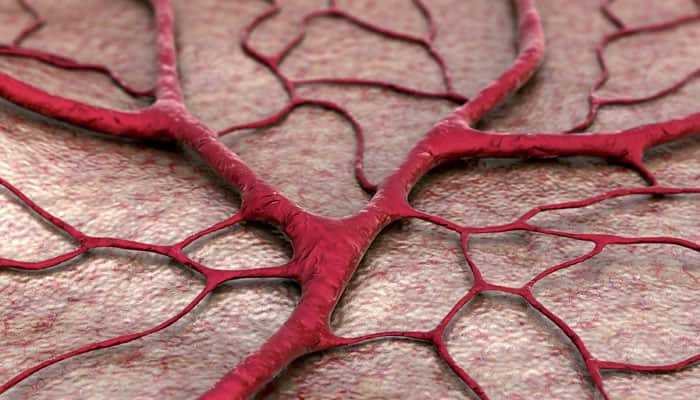Los Angeles: Scientists have successfully created 3D printed life-like, functional blood vessel network, an advance which could pave the way for artificial organs and regenerative therapies.
The study conducted by a team of researchers led by professor Shaochen Chen from the University of California San Diego in the US, addresses one of the biggest challenges in tissue engineering - creating lifelike tissues and organs with functioning networks of blood vessels that can transport blood, nutrients, waste and other biological materials.
As the existing technologies are slow, costly and mainly produce simple structures, such as a single blood vessel - a tube, basically. These blood vessels also are not capable of integrating with the body's vascular system.
Chen said, "Almost all tissues and organs need blood vessels to survive and work properly. This is a big bottleneck in making organ transplants, which are in high demand but in short supply".
He added, "3D bioprinting organs can help bridge this gap, and our lab has taken a big step toward that goal".
Researchers 3D printed a vasculature network that can safely integrate with the body's network to circulate blood.
These blood vessels branch out into many series of smaller vessels, similar to the blood vessel structures found in body.
Researchers developed an innovative bioprinting technology, using homemade 3D printers, to rapidly produce intricate 3D microstructures that mimic the sophisticated designs and functions of biological tissues.
The team first created a 3D model of the biological structure on a computer. The computer then transfered 2D snapshots of the model to millions of microscopic-sized mirrors, which are each digitally controlled to project patterns of UV light in the form of these snapshots.
The UV patterns are shined onto a solution containing live cells and light-sensitive polymers that solidify upon exposure to UV light.
The structure is rapidly printed one layer at a time, in a continuous fashion, creating a 3D solid polymer scaffold encapsulating live cells that will grow and become biological tissue.
The entire process takes just a few seconds - a vast improvement over competing bioprinting methods, which normally take hours just to print simple structures. The process also uses materials that are inexpensive and biocompatible.
The team used medical imaging to create a digital pattern of a blood vessel network found in the body.
Using their technology, they printed a structure containing endothelial cells, which are cells that form the inner lining of blood vessels.
The entire structure fits onto a small area measuring 4X5 millimetres, 600 micrometres thick (as thick as a stack containing 12 strands of human hair).
Researchers cultured several structures in lab for a day, then grafted the resulting tissues into skin wounds of mice.
After two weeks, they examined the implants and found that they had successfully grown into and merged with the host blood vessel network, allowing blood to circulate normally.
(With PTI inputs)
















